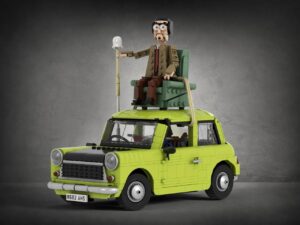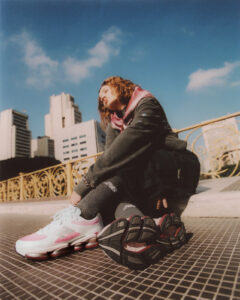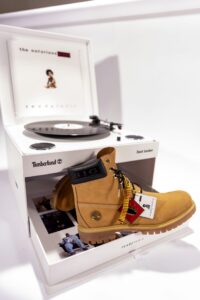A groundbreaking concept has emerged where an office space can fully transform into a mini-skatepark. This innovative idea caters to both productivity and recreation, making it a perfect for skateboarding enthusiasts who work in creative or unconventional environments. Key features include multi-functional office furniture that converts seamlessly into skate ramps and obstacles, promoting an active lifestyle and creativity at work. Pro skater Andy Anderson, known for blending traditional skateboarding with innovative approaches, is an advocate for such forward-thinking spaces, highlighting how work and play can harmoniously coexist.
The Concept Behind the Skatepark Office
The idea of an office that doubles as a skatepark aligns with the growing trend of integrating wellness and play into workspaces. This concept emphasizes that work environments don’t have to be static or uninspiring; instead, they can adapt to promote physical activity, mental stimulation, and team building. The furniture, designed with convertible features, allows office desks, chairs, and tables to transform into ramps and grind rails. This dual-purpose design not only saves space but also fosters a unique and engaging atmosphere.
Andy Anderson’s Role and Influence
Andy Anderson, a well-known figure in the skateboarding world, is an ideal advocate for this project due to his reputation for blending technical precision with creative stunts. Anderson’s career showcases his belief that skateboarding can be both structured and artistic, making him a perfect match for promoting spaces that reflect this philosophy. His involvement brings credibility and excitement to the concept, encouraging a broader audience to see the potential of merging workspaces with skate culture.
Benefits of a Convertible Workspace
Enhanced Creativity: The ability to switch between work and skateboarding can help employees break the monotony and spark new ideas.
Physical Health: Incorporating physical activity during the workday promotes overall well-being and reduces sedentary behavior.
Team Dynamics: Shared recreational activities can build camaraderie and improve workplace morale.
Sustainability: Multi-functional furniture reduces the need for separate recreational areas, saving space and resources.
Designing for Dual Functionality
Designing furniture that serves as both office equipment and skatepark elements requires innovative thinking and engineering. The materials used must balance durability for skating with comfort for working. For example, a desk surface must be sturdy enough to serve as a platform for skating but adaptable to include ergonomic features for desk work.
The Future of Workspaces
The concept of a transformable office space opens the door to new ideas in workspace design. It pushes boundaries by combining lifestyle and professional needs in a seamless manner, setting a precedent for future innovations in office environments. As more companies recognize the benefits of integrating wellness into work culture, designs like these could become more mainstream, offering flexible and engaging places for professionals who thrive on creativity and activity.
Impression
The idea of an office that transforms into a mini-skatepark represents a shift toward multi-functional, dynamic workspaces that cater to modern needs. Andy Anderson’s involvement brings attention to how this concept challenges the traditional boundaries of where work ends and play begins. The combination of productivity, health, and recreational space promises not just to revolutionize skate culture but to redefine the potential of workspaces in general.
No comments yet.







